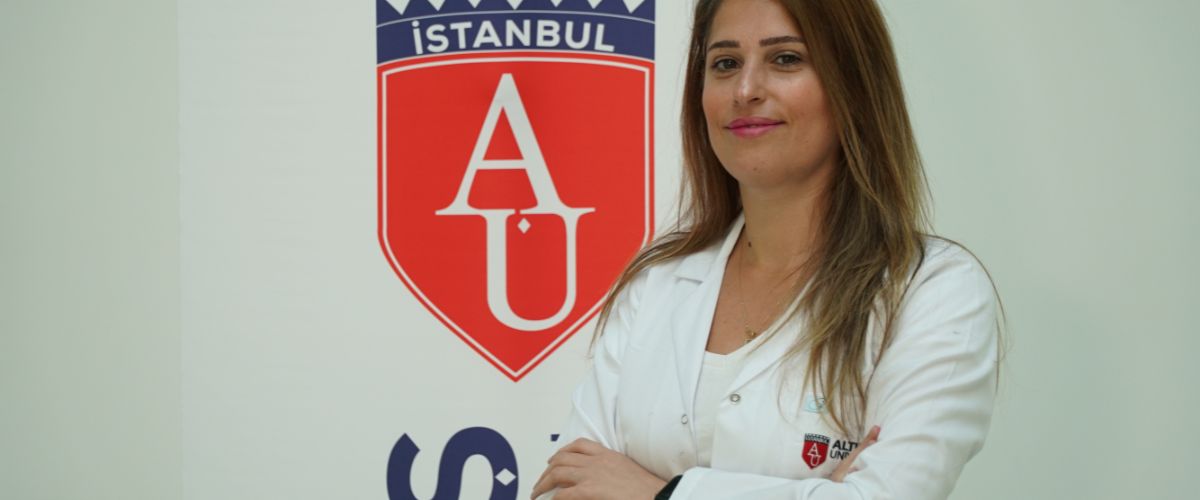Beware of Extreme Heat!
Hyperthermia, popularly known as heat stroke, can lead to serious health problems, especially in risk groups, if precautions are not taken. Altınbaş University First Aid Training Center Director Zehra Yıldız Çevirgen listed the measures to be taken.
Altınbaş University First Aid Training Center Director Zehra Yıldız Çevirgen gave important warnings about hyperthermia, which is frequently encountered in the summer months and is commonly known as heat stroke. Zehra Yıldız Çevirgen underlined that precautions should be taken to prevent hyperthermia, which can cause serious health problems, especially for the elderly, people with chronic diseases, children under the age of 5 and pregnant women.
Stating that the loss of too much fluid through sweating due to extreme heat causes the body's cooling mechanism to deteriorate, Zehra Yıldız Çevirgen continued her speech about the causes of heat stroke as follows:
"Under normal conditions, the body removes excess heat through sweating and the heat balance is maintained. However, in extreme heat, it cannot keep its temperature in balance only by sweating and the body temperature increases. Thus, hyperthermia can develop and trigger serious health problems. Hyperthermia, i.e. heat stroke, is a condition in which the body temperature rises to critical levels and cannot be regulated. Risk groups, especially the elderly, people with chronic diseases, children under the age of 5 and pregnant women may be more affected by this situation."
Providing information about the symptoms of heat stroke, Çevirgen said, “In cases of high body temperature with decreased sweating, the skin is dry and hot. The person's pulse and respiration increase.
Accordingly, energy decreases, weakness and fatigue are observed. Headache, dizziness, behavioral disorders and central nervous system may be affected. Sometimes it can be accompanied by nausea and vomiting. Heat stroke can also cause muscle cramps and pain."
Underlining that the body temperature should be reduced in the first aid to be given to people exposed to heat stroke, Çevirgen said, “The person should first be taken to a cool and airy place, the tight clothes should be removed, the body temperature should be reduced by using cold compresses and wet towels. The person should be placed on his/her back, arms and legs should be raised and circulation should be supported. If there is no nausea, the person should be given water and soda to reduce fluid and mineral loss. If the person still feels bad despite these first aid practices, if his/her condition worsens, he/she should get expert support without wasting time and apply to the emergency room."
Stating that the best prevention method is to consume plenty of fluids, Zehra Yıldız Çevirgen from Altınbaş University gave the following suggestions to prevent heat stroke:
"Drinking plenty of fluids in hot weather is the most important step to prevent heat stroke. Drinks containing electrolytes also help replace the minerals we lose as a result of sweating. Wearing light-colored light loose clothes reduces body temperature and the risk of heat stroke. In addition to these, it is extremely important not to be exposed to direct sunlight, especially for risk groups not to go out or stay in the shade during the peak hours of sunlight. Again, keeping the body clean and adequate nutrition will protect the person in case of heat stroke. Heat stroke can cause serious health problems, especially in summer. Therefore, personal protection methods, correct first aid practices must be learned and necessary preventive measures must be taken."


